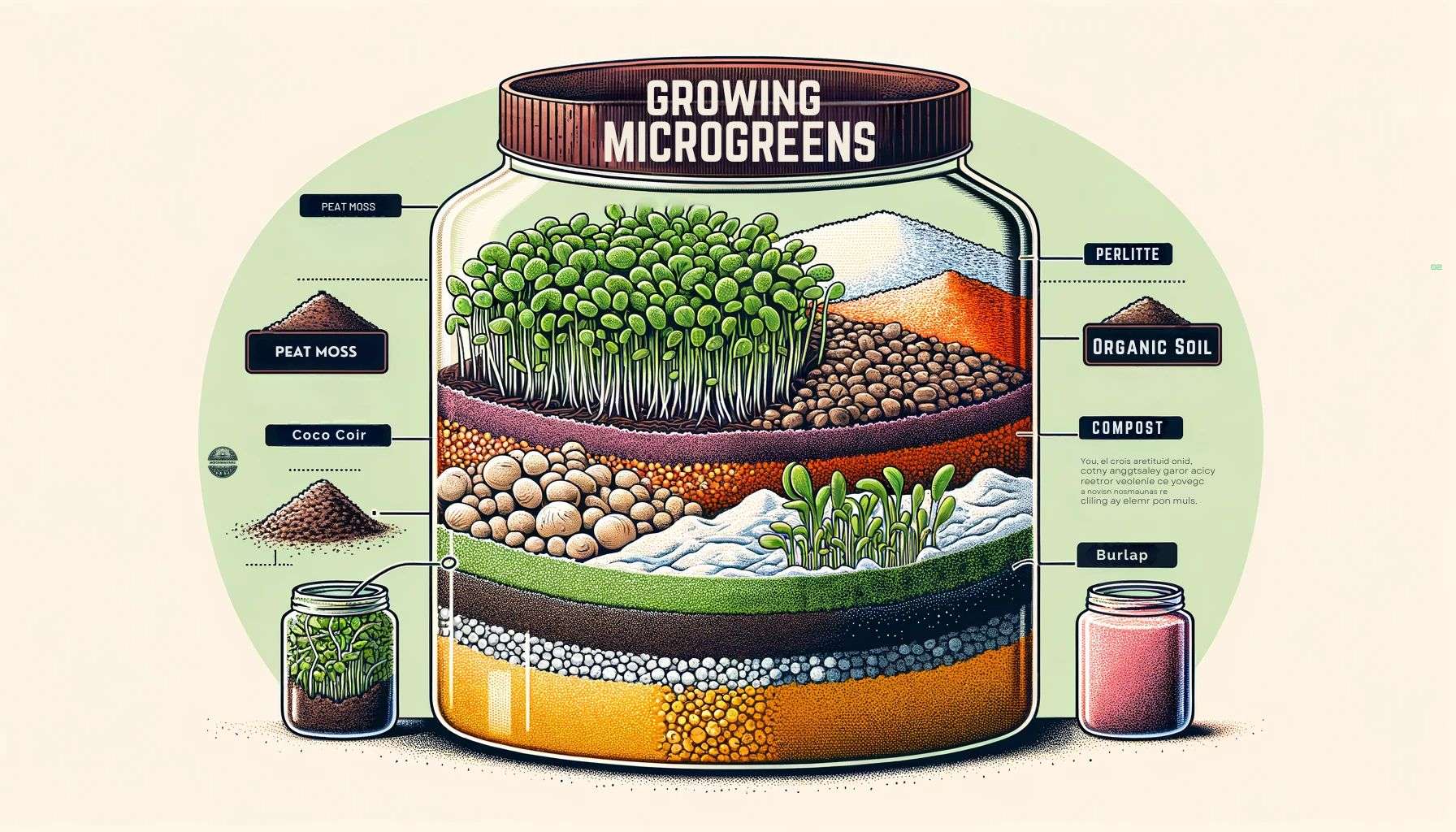Best Soil for Microgreens: Actionable Tips for Selecting the Perfect Mix
Some of our posts on Microgreensguru.com contain affiliate links. If you click on an affiliate link and make a purchase, we may receive a commission. Clicking on an affiliate link that earns a commission does NOT result in additional charges or costs you extra. Earnings from affiliate links help keep this website running. See our full affiliate disclosure here.
Microgreens have exploded in popularity over recent years. These young seedlings pack a nutritional punch far greater than their fully mature plant counterparts. Home growers and commercial producers alike have embraced microgreens as an easy-to-grow superfood. However, successfully raising these micro-vegetables from seed to harvest requires an optimal soil environment.
So, what exactly constitutes the best soil for microgreens? This complete guide will cover everything you need to know about choosing, preparing, and maintaining quality soil for healthy microgreen growth.
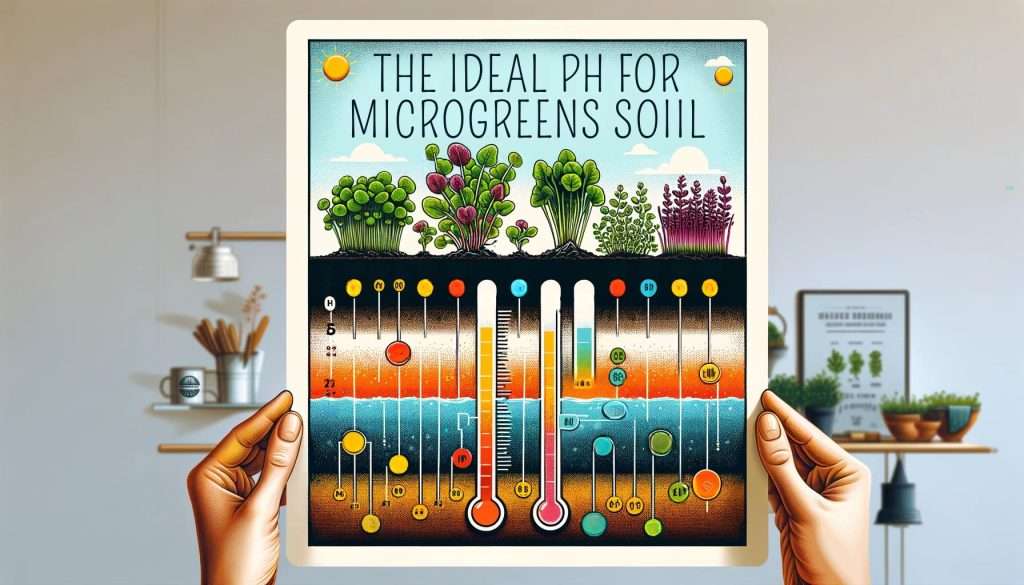
Key Takeaways on Finding the Best Medium for Microgreens
- High-quality soil provides an essential structure for fledgling roots while controlling moisture levels
- Light, loose seedling mixes balance drainage and water retention, with excellent aeration
- Coconut coir offers an elite alternative for microgreen beds with its perfect texture, pH, and consistency
- When using dry coconut coir bricks, properly prepping and rehydrating is crucial for optimal properties
- Most microgreens require zero supplemental feeding for vigorous growth in a good medium
- While coir excels, don’t overlook alternative options like burlap and hemp which work for some sites
- Match your chosen growing medium’s properties and performance to the selected microgreen crops
- Dialing in reliable propagation techniques upfront saves headaches and helps maximize later yields
- Finding the ideal soil components for your operation takes some trial and error – let experience guide refinements
Focus first on characteristics creating stable, moisture-controlled, pathogen-free beds for strong seedlings. Everything builds off the foundation laid by working with quality media suitable for raising robust microgreens.
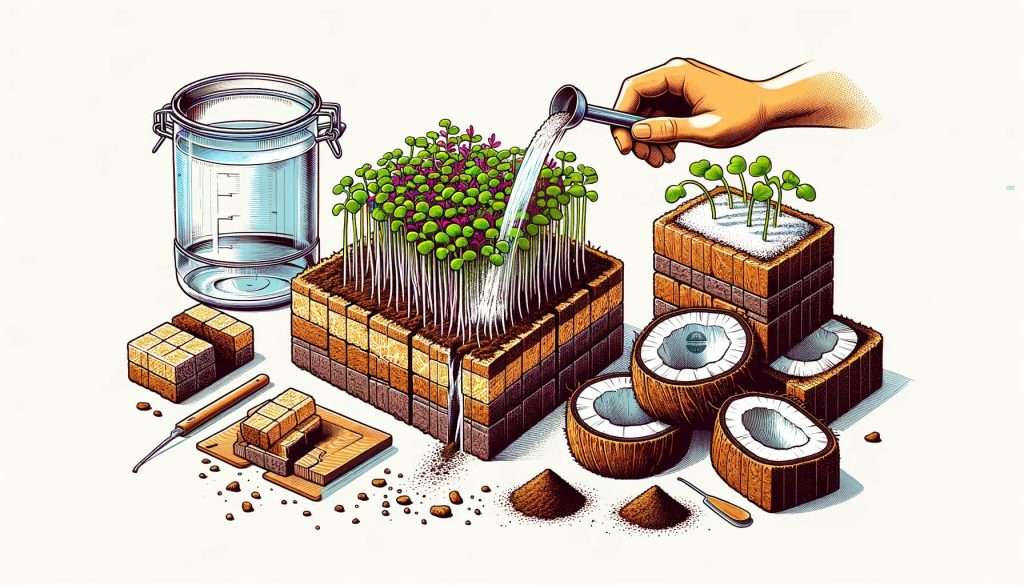
Why Soil Quality Is Crucial for Growing Microgreens
High-quality soil serves several essential functions when it comes to growing microgreens:
- Provides structure and stability for fragile seedling roots
- Retains proper moisture levels without oversaturating
- Allows space for water drainage and air circulation
- Nutrient reservoir to feed developing seedlings
- Prevents disease transmission from pathogens
With microgreens being harvested while still quite delicate, at just 1-3 inches tall, the soil foundation directly impacts their growth. Issues like damping off disease or nutritional deficiencies can result from poor soil conditions.
Additionally, since microgreens are eaten fresh with roots attached, clean, sterile media is necessary. Any pathogens lurking in the soil can be harmful if consumed.
Table 1 – Common Microgreens Varieties Growth Parameters
| Variety | Difficulty | Germinate Temp (F) | Grow Temp (F) | Seed Density (oz/tray) | Days to Maturity | Best Soil pH |
| Arugula | Easy | 65-85 | 60-75 | 2 | 7-10 | 6.0-6.5 |
| Kale | Moderate | 75-95 | 65-85 | 1 | 14-21 | 6.0-6.8 |
| Radish | Easy | 65-85 | 60-75 | 1.5 | 5-7 | 6.0-7.0 |
| Sunflower | Difficult | 55-65 | 60-70 | 6 | 6-8 | 6.0-7.0 |
Key Characteristics of Good Microgreen Growing Media
Quality potting mixes tailored for seedlings offer the ideal properties for microgreen trays. Here are characteristics to look for:
- Light and loose texture: Allows tender roots to establish and penetrate down
- Moderate moisture retention: Holds enough water without oversaturating
- Excellent drainage: Lets excess moisture escape to avoid waterlogging
- High air space: Enables gas exchange to roots for respiration
- Balanced pH between 5.5-6.5: Optimizes nutrient absorption
- Low fertilizer concentration: Avoids burning delicate seedlings
- Sterile and weed/pest free: Reduces disease risks
These parameters provide excellent conditions for vigorous microgreens able to readily absorb water and nutrients.
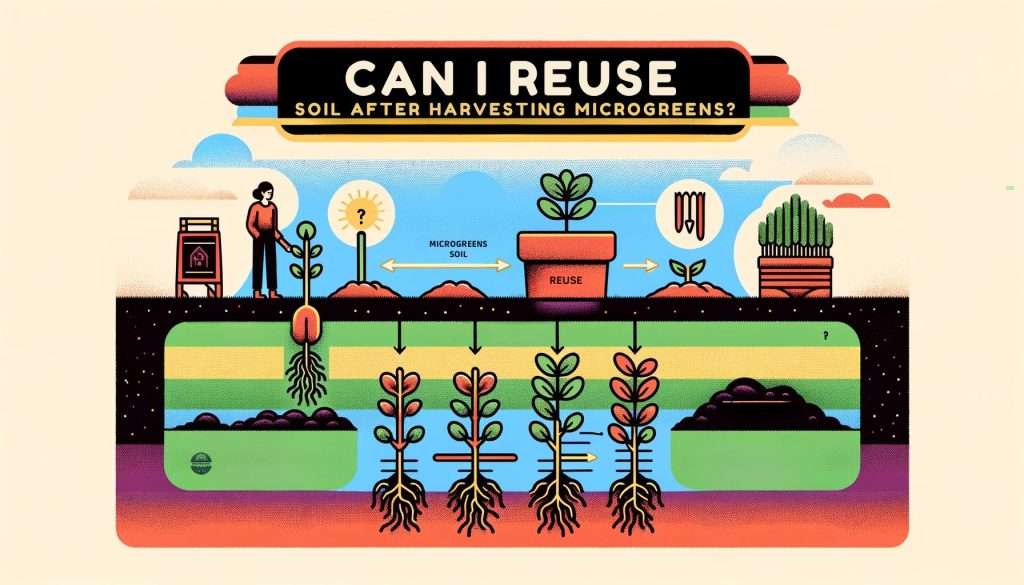
Coconut Coir: A Superior Microgreens Growth Medium
While traditional potting soils can produce quality microgreens, many growers are now turning to coconut coir as an elite alternative. Derived from the fibrous inner husk of coconuts, this sustainable medium offers multiple unique advantages:
- Naturally porous texture, retains air and moisture
- Neutral pH perfect for most vegetables and herbs
- Resistant to fungal/microbial growth
- 100% organic, renewable source material
- Cost-effective and widely available
Coconut coir avoids common issues that arise with standard potting mixes or garden soils. It provides an inert structure, maintaining neither too wet nor too dry conditions. Natural antifungal properties also limit problems with mold or damping off disease.
Simply rehydrate dry-pressed bricks to yield a fine, consistent growing material ready for microgreens. Coir can be refreshed and reused for multiple grow cycles as well. When it comes time to dispose, coconut coir decomposes rapidly without harming the environment.
For all these reasons, coconut coir is considered the most reliable choice when growing microgreens in soil.
Table 2 – Composition & Properties of Coconut Coir
| Property | Description | Benefit |
| 70-80% air space | High porosity | Rapid drainage, oxygen for roots |
| C:N ratio of 80:1 | Very low nitrogen | Avoids burning seedlings |
| Neutral pH | 5.7 without amending | Suits most plants |
| 0.2% potassium oxide | Abundant potassium | Supports root & leaf growth |
| Resists compaction | Loose, lightweight structure | Easy penetration for delicate roots |
Testing Different Microgreen Growing Media
To compare performance, an experiment was conducted by raising Red Acre cabbage microgreens seeded at equal densities across three media treatments:
- 100% Coconut Coir
- Coir-Based Commercial Potting Mix
- Peat-Based Commercial Potting Mix
Germination rates and seedling vigor were tracked daily along with observations of root growth and plant size. By the end of the trial, key differences became apparent.
Pure coconut coir outperformed both mixed media in seedling establishment and development. Seedlings in 100% coir displayed extensive root penetration with plants lifting up off the trays on day 4. Coconut coir provided the most vigorous growth overall by day 9 when microgreens reached full maturity.
The peat and perlite fortified commercial mix came in last, with smaller plants slower to establish roots. Likely the fine particles of peat resisted root access when hydrated, stunting early development.
These findings highlight the significant growth benefits pure coconut coir offers as a microgreen medium. Potting mixes can still produce viable crops, just with reduced size and yields.
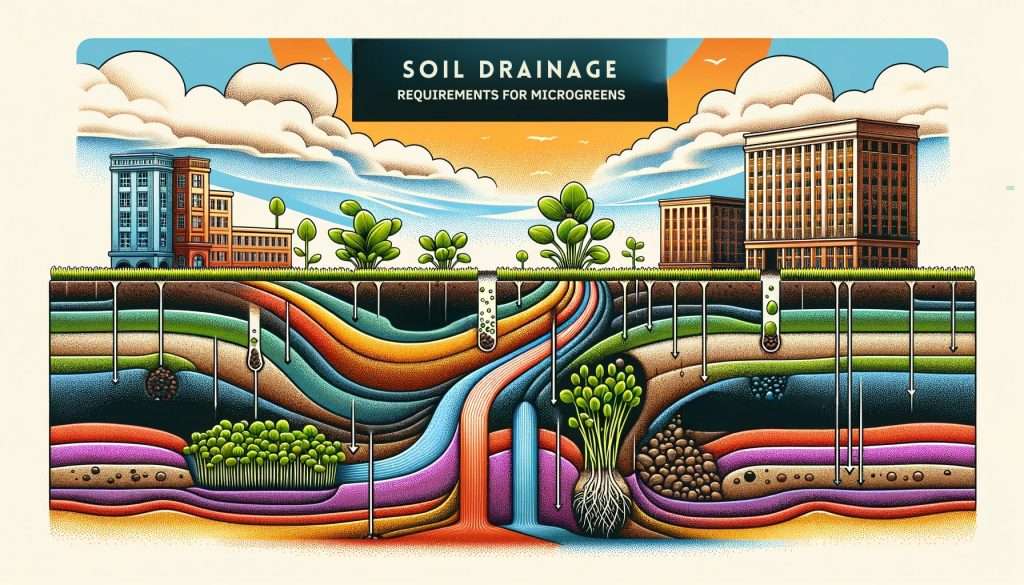
Choosing Fertilizers for Microgreens Grown in Coir
An important fact to note is that microgreens require zero supplemental fertilizer for healthy growth when using a nutritionally-rich medium like coconut coir. The starchy food packed into seeds contains ample nutrients to sustain seedlings until the cotyledons open and photosynthesis powers further development.
However, some growers still choose to enrich their water when irrigating trays. If applying liquid fertilizers, use extreme caution to avoid burning delicate roots and adhere to the following guidance:
- Select organic formulations, like liquid kelp or fish emulsions
- Start with very diluted mixes, around 25% strength
- Slowly increase to 50% solutions if plants show hunger
- Stop all fertilizer at least 1 week before harvest
The small boost from additives can enhance yields for slower-growing varieties. But the majority of microgreens will thrive from germination to harvest in untreated good-quality coir.
Steps for Preparing Coconut Coir Mixes
Working with dry coconut coir bricks requires some initial preparation before sowing seeds. With proper technique, these compressed blocks rapidly convert to open, airy growing material.
Follow this simple process for prepping:
- Crumble up compressed brick over the tub, visually remove large fibers
- Pour just enough water over chunks to moisten, around 2 quarts
- Use hands to vigorously knead and rub chunks, pressing out air bubbles
- Once a cohesive mix forms, add more water until squeezing out excess
- Pour prepared coir into the draining container and let excess water escape
- Fluff the finished product with a fork, then use to fill seedling flats
If the coconut coir feels dry and clumping, spritz lightly with more water. Look for a consistency reminiscent of chocolate cake batter. Too wet is just as problematic as too dry.
Prepared this way, rehydrated coir offers the ideal moisture content and texture for planting microgreen seeds. Just be sure flats feature drainage holes so excess water can escape after sowing.
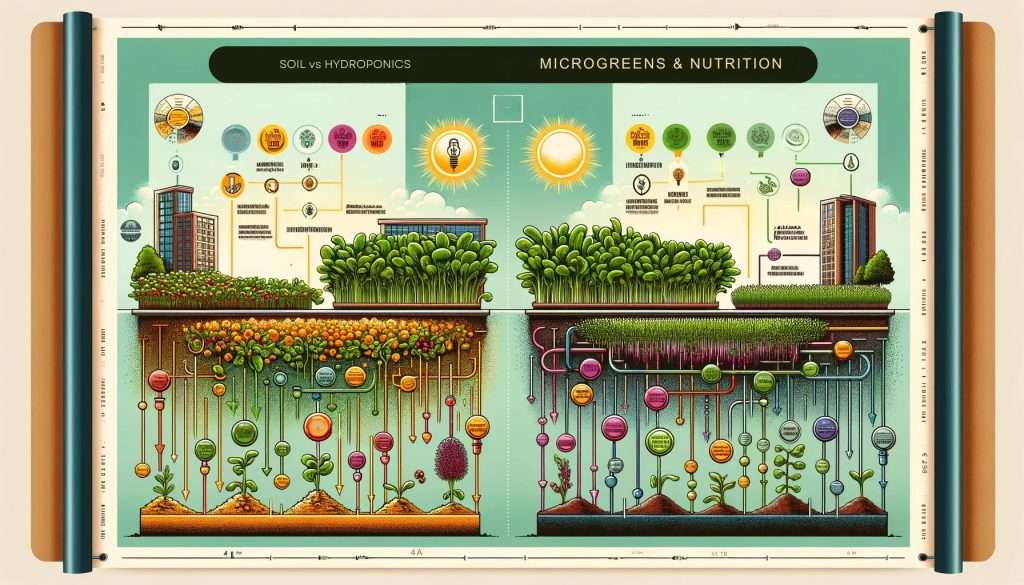
Alternative Growing Media Options
Despite its clear advantages, coconut coir may not suit every gardener or commercial microgreens producer. Fortunately, viable alternatives exist using both traditional soilless mixes and unique fibrous pads. Consider exploring these other options:
Sphagnum Peat Moss
- Long-standing container plant ingredient
- Forms moisture-retentive, spongy foundation
- Suppresses fungal & mold growth when pH-balanced
- Peat extraction raises environmental concerns
- Requires added perlite or vermiculite for drainage
Rice Hulls
- Similar light, porous properties as coir
- Neutral pH, won’t impact nutrient availability
- Fully renewable waste product from rice processing
- May trigger rice allergies for sensitive individuals
Burlap
- Inexpensive grown medium costing $0.25 per tray
- Allows straight through sowing for easy seeding
- Can reuse mats repeatedly over the years
- Requires supplemental feeding with liquid fertilizers
Hemp Mats
- Absorbs and holds moisture like sponges
- Biodegrades fully after use
- Provides even moisture distribution
- Thin fibers prone to tearing over time
The optimal microgreen growing medium ultimately depends on your site conditions, target crops, and production scale. Try out multiple options to discover what works best for your unique circumstances.
Table 3 – Integrated Disease Prevention Program
| Stage | Practice | Effect |
| Preparation | Disinfect trays & tools | Eliminates pathogen inoculum |
| Planting | Avoid dense seeding | Allows air movement |
| Growing | Provide good drainage & ventilation | Limits excess moisture duration |
| Harvesting | Work cleanly using sterile blades | Halts disease spread |
Growing Microgreens Without Soil
While soilless mixes provide an optimal foundation for most microgreens, some growers prefer to avoid messy media entirely. If the idea of handling potting mixes doesn’t appeal to you, several soil-free options exist using hydroponic setups.
Hydroponic Systems
Hydroponics involves growing plants by supplying nutrient solutions directly to exposed roots. Adapted for microgreens, shallow trays are flooded for short durations before draining away excess moisture. Popular hydroponic approaches include:
- Ebb & Flow: Trays temporarily flooded from below before draining
- NFT Channels: Nutrient solution flows in a thin stream beneath roots
- Aeroponics: Exposed roots misted with fine nutrient spray
Crops well-suited for hydroponic microgreens include wheatgrass, basil, cilantro, amaranth, and celery. Just ensure adequate support for vertical stems once seedlings are established.
Without the physical support and moisture retention qualities soil provides, dialing in reliable propagation techniques using hydroponics takes practice. Achieving comparable yields to soil-grown microgreens requires precision.
Soilless Media Pads
For those seeking a cleaner alternative to potting mixes, consider growing microgreens integrated into soilless media pads. These specially designed mats provide both moisture retention and physical support.
Popular options include compressed cocoa fiber pads, burlap sheets, hemp mats, and woven plastic fabrics. Certain varieties, like sunflowers and peas, grow exceptionally well anchored in these textured cloths.
While avoiding messy soil, the tradeoff comes in a less natural, fabric-focused appearance. And yields still prove lower overall than traditional potting media. But the simplified process can outweigh downsides for casual growers.
So, while microgreens traditionally rely on soil, creative gardeners continue pushing boundaries on alternative propagation methods. Don’t limit yourself to norms if hydroponics or vertical integration better match your site conditions and interests!
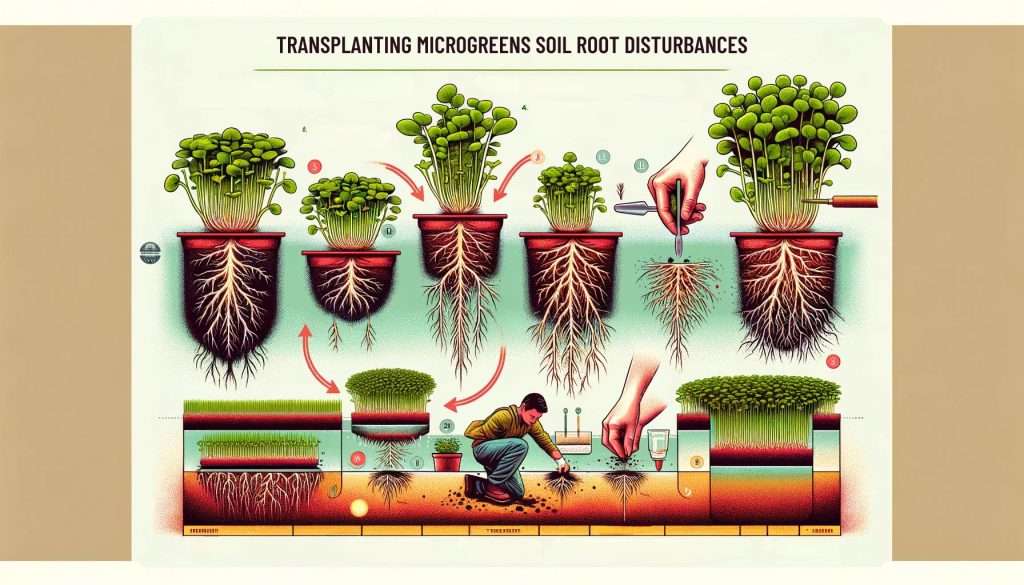
Final Thoughts – Finding Your Ideal Microgreens Growing Medium
When exploring the world of microgreens, selecting an appropriate growing medium tops the list of critical decisions. Soil structure literally grounds fragile seeds just starting their journeys toward becoming nutritious greens.
Hopefully, this guide has shed light on properties that benefit vibrant microgreen crops. Light, airy mixes allow incipient root systems room to expand uninhibited. Yet also retain moisture for sustaining growth across densely sown flats.
Coconut coir certainly sets the gold standard for striking this delicate balance between drainage and hydration. The neutral pH also makes coir a versatile foundation across most microgreen varieties. From soilless media alternatives like burlap to high-tech hydroponics setups, growers continue pushing boundaries on production techniques as well.
At the end of the day, focus on a starting medium aligning with your personal gardening interests and site restraints. Greens grown with care taste sweeter than any worries over “best” practices. Once you discover a favored planting mix, the rest comes easy. So don’t overthink soil components, and let experience guide refinements toward microgreens success!
Frequently Asked Questions About the Best Soil for Microgreens

Cal Hewitt is the Founder and Lead Cultivator at Microgreens Guru, a website dedicated to empowering individuals to grow, consume, and potentially sell nutrient-dense microgreens. With 5 years of hands-on experience in microgreens cultivation, Cal brings a unique analytical perspective to the world of urban agriculture. He specializes in optimizing growth techniques for various microgreen varieties, while also focusing on sustainable and cost-effective growing methods. Cal’s passion for microgreens, ignited by a personal health journey, drives him to continuously explore and share innovative approaches to microgreens cultivation. His practical experience, combined with his commitment to education through his website and upcoming book, ensures that Microgreens Guru remains a valuable resource for both novice and experienced growers alike.

